Editor’s Note: HB271 in Wyoming is headed back to the House after the Senate voted 24-6 to pass the bill on February 27, 2017. In the bill’s current incarnation, a licensee could collect 250 Greater Sage-Grouse eggs per year from wild populations. The House will have to approve of the Senate changes to the bill, then it goes to Wyoming Governor Matt Mead for signature.
 Pity the Greater Sage-Grouse. Not only is the magnificent chicken-size bird losing places to live and dance as its sage-brush habitat disappears, but now private interests in Wyoming want to get up in its reproductive business. A bill, currently awaiting a vote in the Wyoming state Senate, would make commercial sage-grouse bird farms legal—and licensees could pilfer eggs from wild sage-grouse populations to get farm stock.
Pity the Greater Sage-Grouse. Not only is the magnificent chicken-size bird losing places to live and dance as its sage-brush habitat disappears, but now private interests in Wyoming want to get up in its reproductive business. A bill, currently awaiting a vote in the Wyoming state Senate, would make commercial sage-grouse bird farms legal—and licensees could pilfer eggs from wild sage-grouse populations to get farm stock.
House Bill 271, which passed the Wyoming House of Representatives earlier in February, outlines how a farm could obtain the necessary licenses to collect eggs and rear Greater Sage-Grouse in captivity. When the bill originally passed the House, the bill specified that 250 eggs would be collected per year from the wild. Then, while in a Senate Committee, the bill was amended with the annual collection increased to 1,000 eggs. During yesterday’s Senate debates, this number fluctuated wildly, and as of publication is currently at 500 eggs over four years. What’s more, the bill also stipulates that licensees could abscond with both eggs AND wild female sage-grouse.
Why this bill even exists is something of a mystery. According to Daly Edmunds, director of policy and outreach at Audubon Rockies, the bill has no basis in sound conservation science and, as it stands, will not support sage-grouse conservation efforts whatsoever, because the biggest threat to sage-grouse populations is habitat loss, not a lack of birds. Captive breeding and rearing are certainly legitimate ways to help preserve a species that is so imperiled—think of the California Condor—and in danger of going extinct. But the Greater Sage-Grouse isn’t there yet, especially not in Wyoming. The state is a stronghold for the species, containing around 37 percent of the species’ global population of 250,000 to 500,000 birds, says Brian Rutledge, Audubon’s director of the Sagebrush Ecosystem Initiative. Typically, captive breeding is used for populations that are geographically or genetically isolated, as they stand to benefit most from such methods. The sage-grouse population is neither, he says.

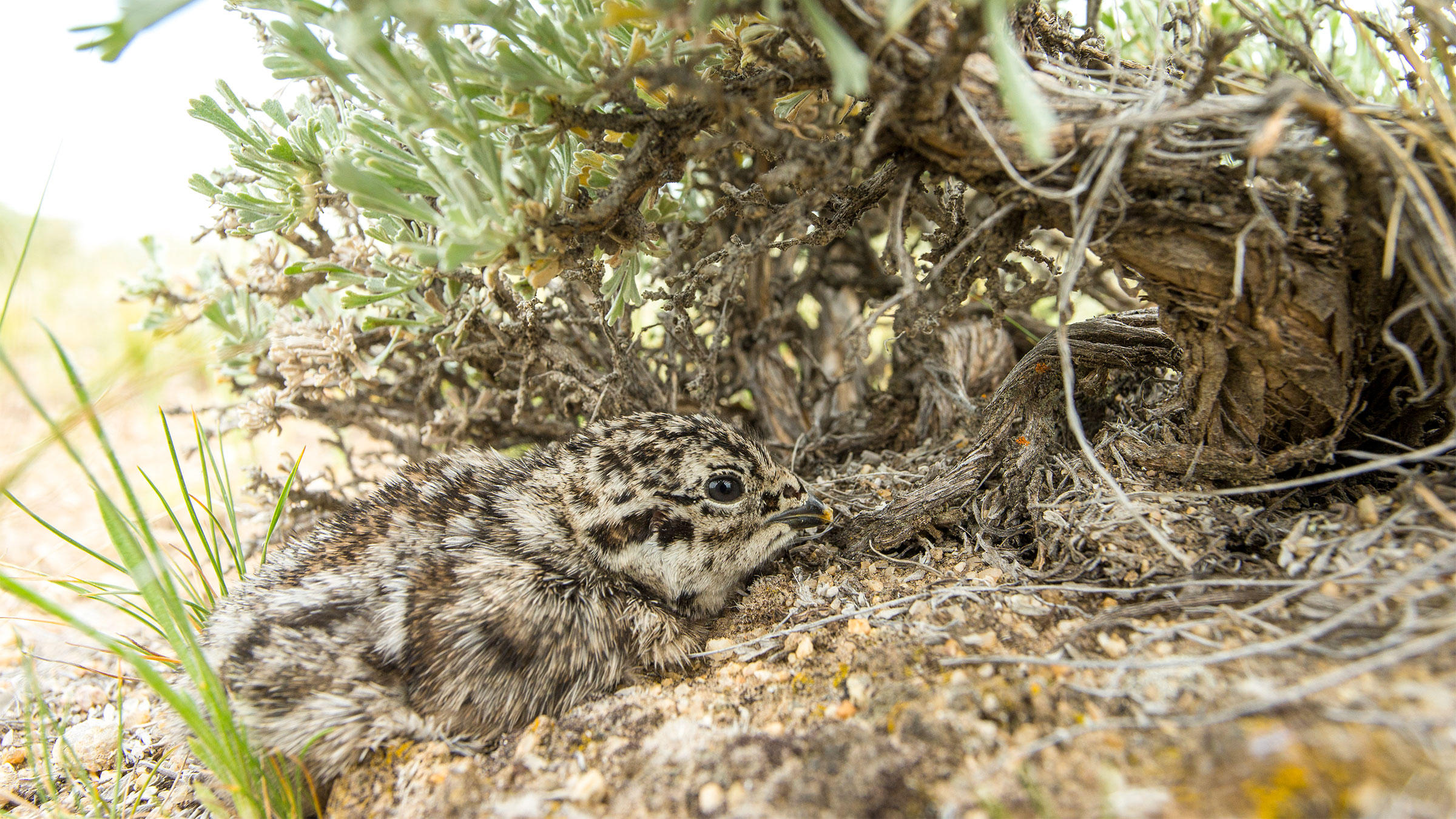
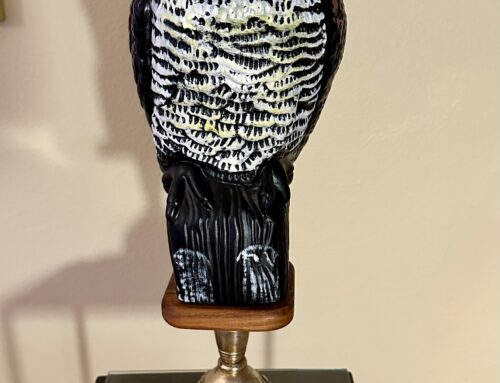
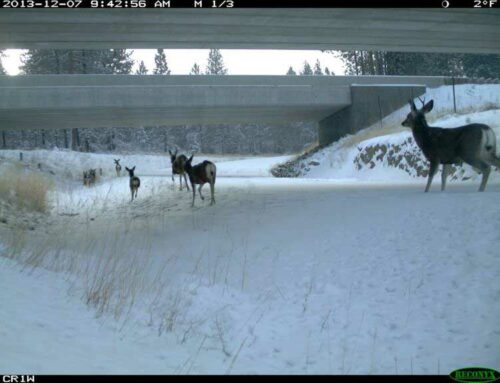
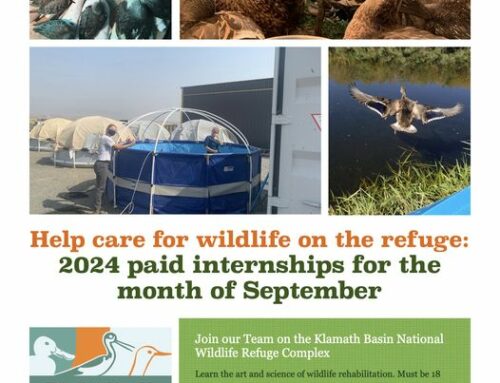
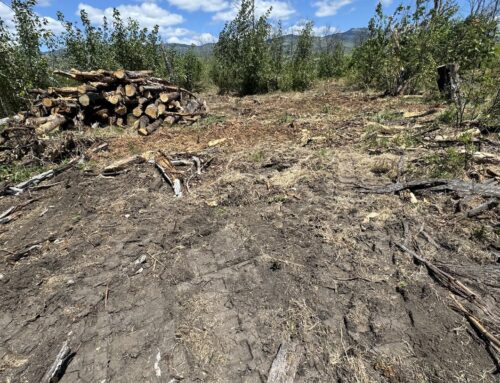
Leave A Comment
You must be logged in to post a comment.